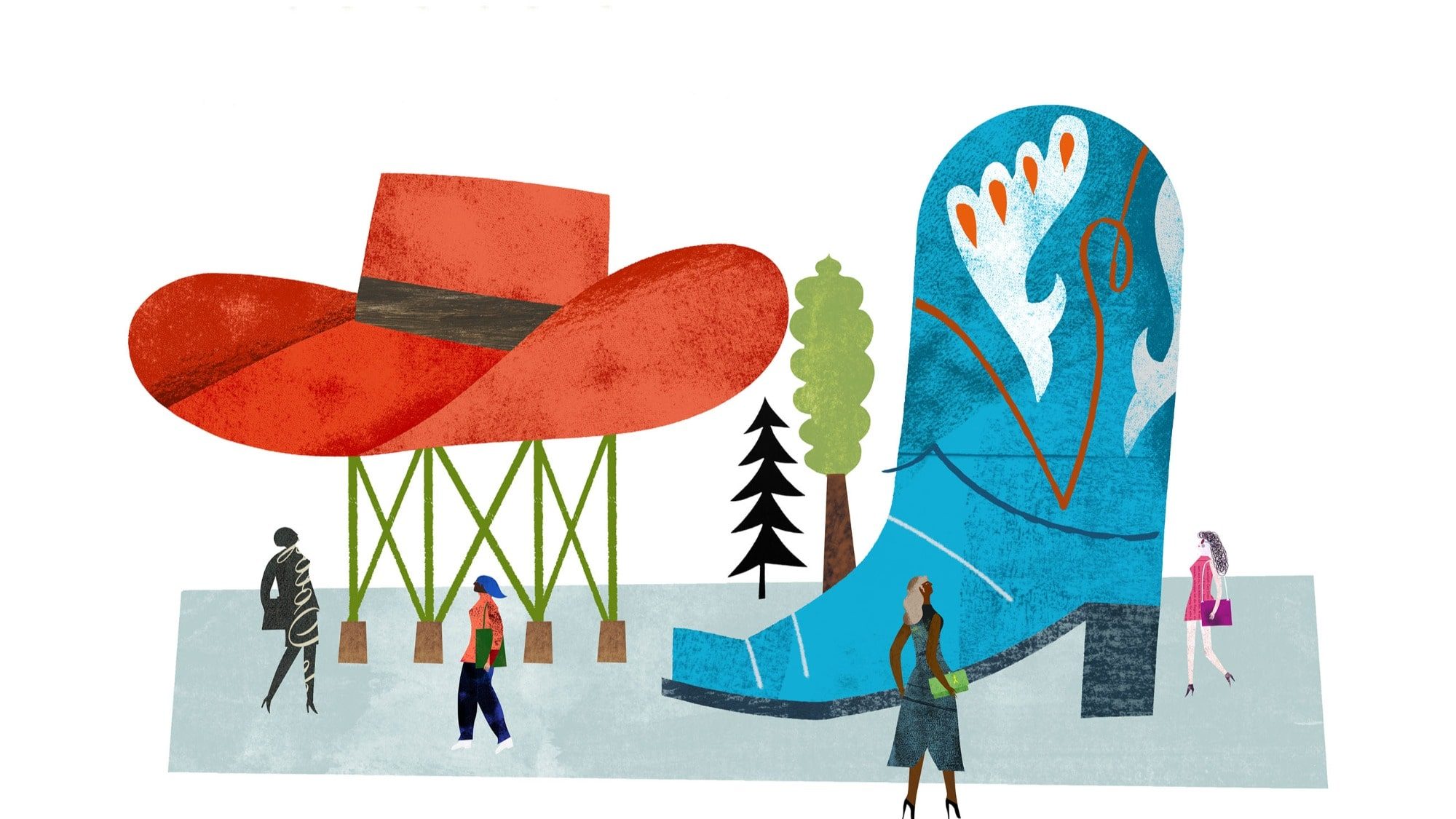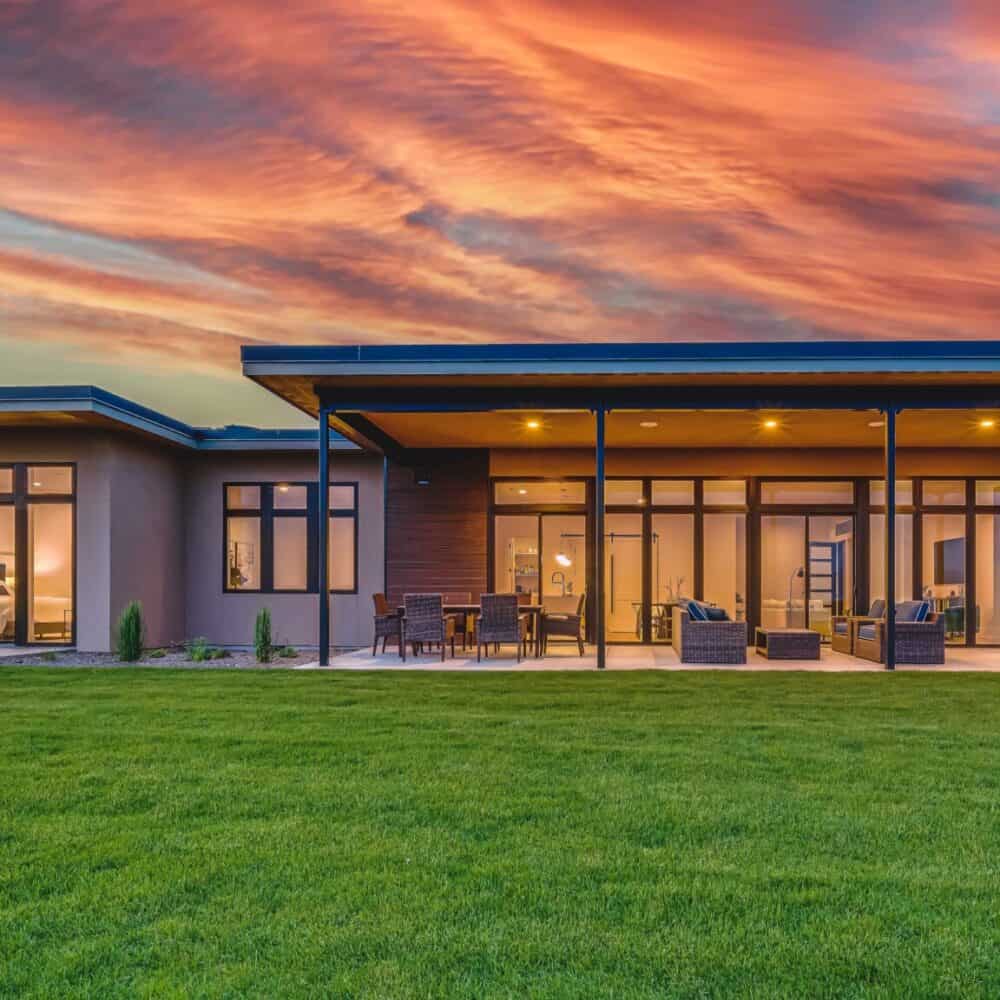Seattle Culture
The Indie Darling
Known for its gritty, industrial past, Georgetown now boasts an eclectic mix of locally-owned cafés, restaurants, and shops
By Rachel Gallaher March 25, 2024

This article originally appeared in the March/April 2024 issue of Seattle magazine.
Arguably the oldest neighborhood in Seattle, Georgetown — with its first settlement founded in mid-September 1851, about a week before the Denny party arrived at Alki Point — has long been one of the city’s industrial hubs. Bounded by the Duwamish River, Boeing Field, and two railroad lines, the creative enclave is home to less than 2,000 residents, but holds a number of popular restaurants, bars, and shops.
“When I first arrived in Seattle, I was working in a welding shop in Georgetown, and I also lived on Airport Way,” says Tim Ptak, who opened the popular diner Smarty Pants in 2003. “There was nowhere to eat except for grabbing fried chicken at the Shell gas station, and I wanted to open a place where people could get a good lunch and grab something to drink after work.”
For years, Smarty Pants was the epitome of Georgetown cuisine: fast, filling, and affordable. Just up the street, Seattle’s oldest bar, Jules Maes Saloon, falls in line with Smarty Pants with its standard pub fair, but at more than 130 years old (with a brief closure in 2020 that lasted for just six months), the latter takes the cake as the oldest operating bar in town.
Additional casual eats include Star Brass (home of the nationally recognized Tavern Burger) and Fonda La Catrina, a family-friendly eatery offering authentic Mexican cuisine (its newer sibling restaurant El Sirenito sits next door and boasts a large selection of mezcals and a seafood-forward menu).
While Georgetown tends to hold a grittier reputation than many neighborhoods in Seattle, it isn’t all cheap eats and dark, loud bars. Relative newcomers on the culinary scene include Ciudad (charcoal-grilled meats and vegetables served up with can’t stop- eating Mediterranean flavors) and cozy gem Mezzanotte, known for its fresh, house-made pasta and northern Italian fare.
For fine dining, the Corson Building, opened in 2008 by former Seattle chef and James Beard Award winner Matt Dillon, still holds (although Dillon is no longer involved in the venture) with chef Emily Crawford and her husband, Matt Dan, continuing the restaurant’s legacy.
Then there’s the Trailer Park Mall, a colorful collection of vintage trailers that sell clothing, art and other knick-knacks. Another set of Georgetown pillars is the side by- side shops Susan Wheeler Home and Kirk Albert Vintage Furnishings. Both places offer a down-the-rabbit-hole cache of treasures, from vintage furniture and art to jewelry, clothing, and absurd, irreverent décor.
Georgetown is chock full of similar surprises: Housewright is a gallery and furniture boutique opened by local architecture firm Hoedemaker Pfeiffer. Fantagraphics Books is the popular publisher of alternative comics, and Georgetown Records has been selling vinyl from its corner spot for 20 years. All City Coffee or Brother Joe are both must-stops, while a sweet treat from Matcha Man (revolving flavors change monthly and have included ume and black sesame) will have you smiling at its cheeky, fish-shaped cones.
Georgetown is also a cultural hub. From glassblowers to painters to choreographers, creatives tuck into spaces throughout the neighborhood, which is full of studios, former industrial spaces turned office blocks (the Georgetown Bottling Plant popular with small creative companies), and affordable options. The Georgetown Steam Plant was once a hub for electricity production, but after its decommissioning in the 1970s, it became a National Historic Landmark building and a popular venue for music, dance, and theatrical performance.
Just a few blocks south of Oxbow Park, where the neighborhood’s famous Hat ’n’ Boots sculpture delights visitors of all ages, is Mini Mart City Park, a pocket park and cultural center built on a plot that once held a gas station.
“For us, Georgetown is the Brooklyn of Seattle,” says architect Kristen Becker, cofounder of design firm Mutuus Studio, which moved its offices to Georgetown three years ago. The studio relocated into a former auto mechanics shop and created an office for the practice, with a gathering space and stage for the creative community to use.
“The area is industrial, edgy, and a bit off the beaten path, but worth it to venture out and explore,” she adds.
Known for: Georgetown Brewing Co., the largest independent brewery in Washington state and the 22nd-largest in the United States.
Best place to escape the work from home blues: The Flora Bakehouse.
Walkability: 64
Median home price: $665,000
Surprising fact: Georgetown was an independent city from 1904-1910.




